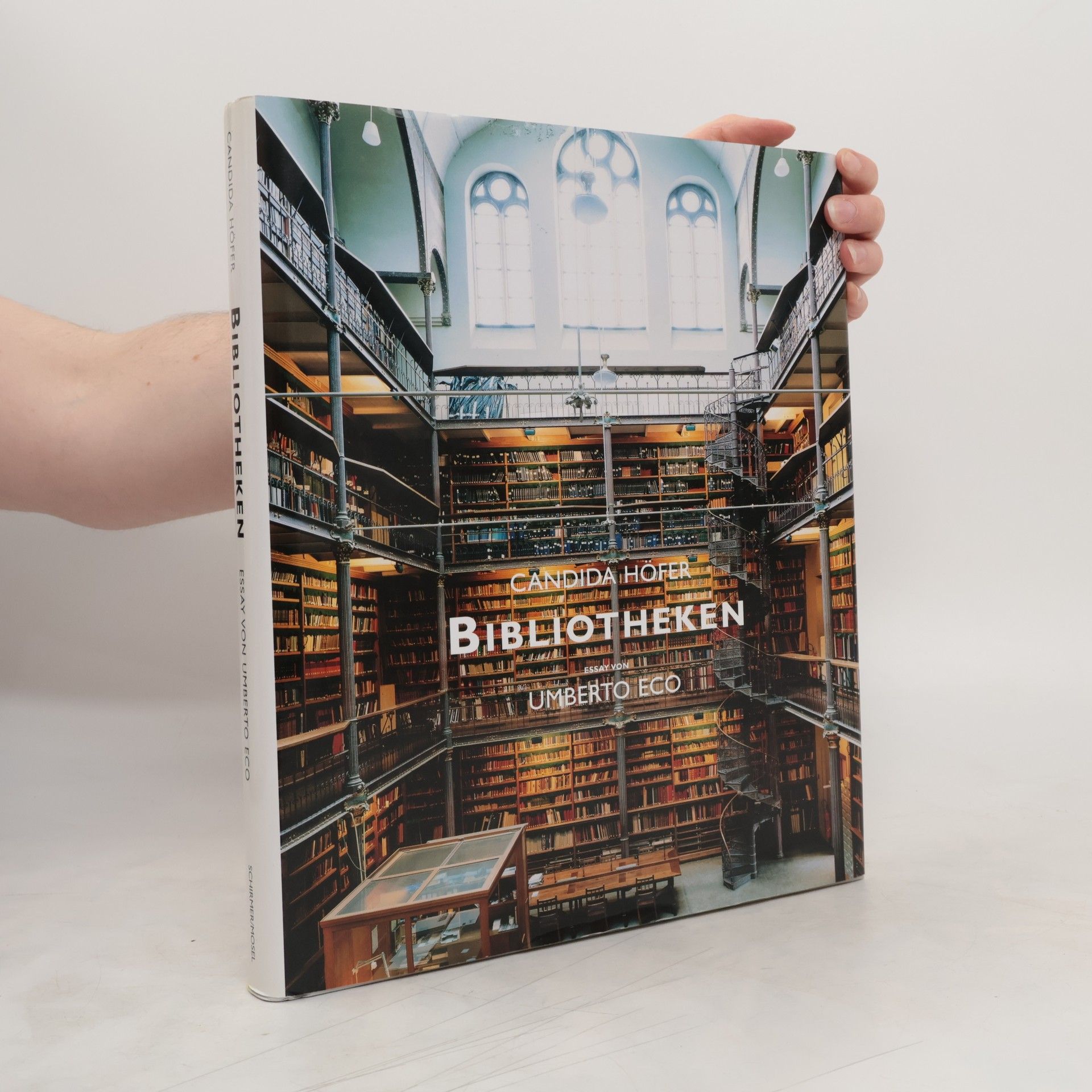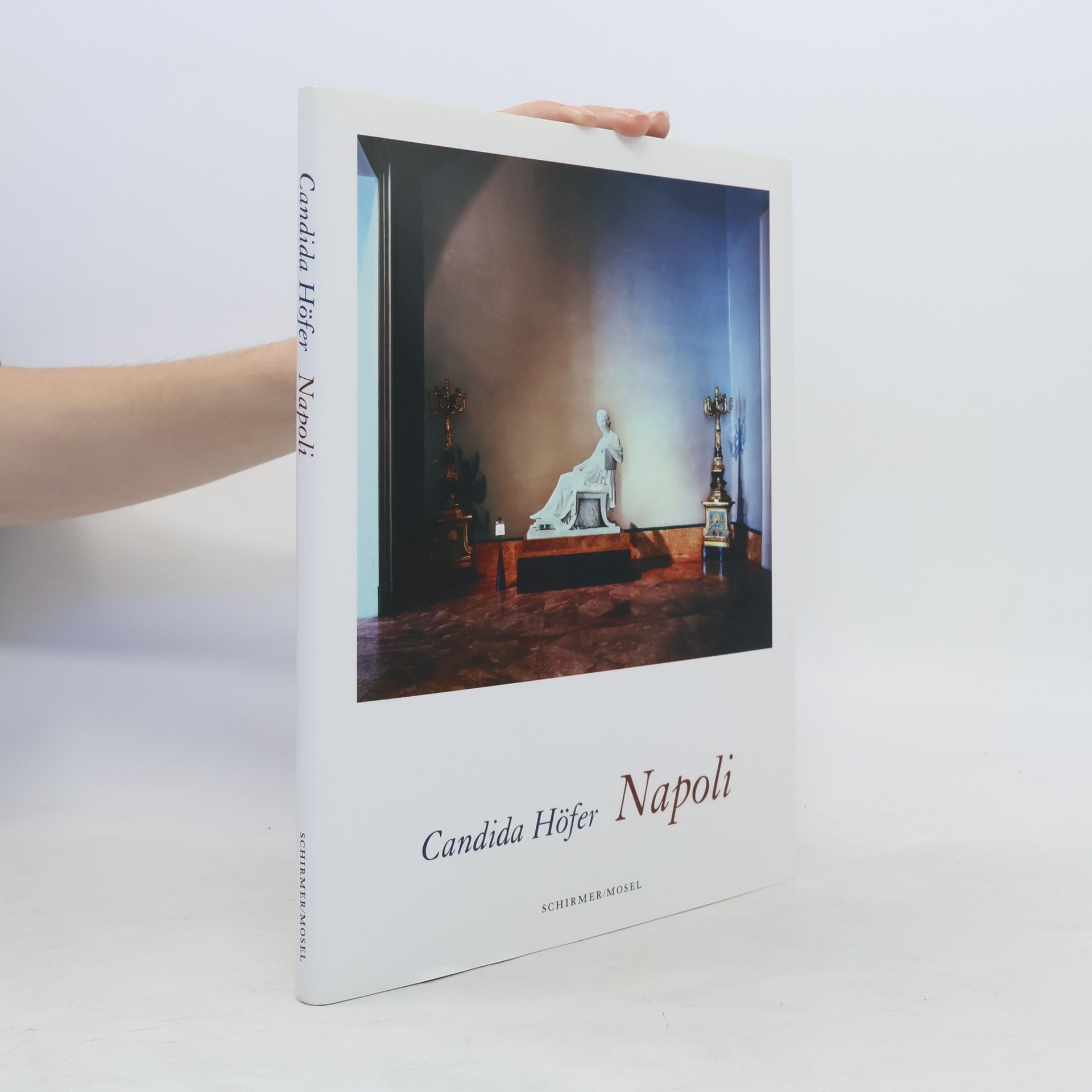Candida Höfer - Napoli
- 55 páginas
- 2 horas de lectura
Candida Höfer setzt ihr großes, weltumspannendes Projekt der Photographie öffentlich genutzter Innenräume in Neapel fort. Im Auftrag und mit der organisatorischen Hilfe des Museo Capodimonte photographierte sie dort gerade Theater, Konzertsäle, Bibliotheken, Museen, Institute. Angesichts des ungeheuren historischen und kulturellen Erbes der Stadt verwundert es nicht, dass der photographische Ertrag von Candida Höfers Kampagne in den Stadthäusern und Palästen Neapels von außerordentlicher ästhetischer Verführungskraft ist. Unser Buch begleitet die Ausstellung der neuen Bilder aus Neapel, die im berühmten Museo Capodimonte von Oktober bis Dezember diesen Jahres gezeigt werden.



